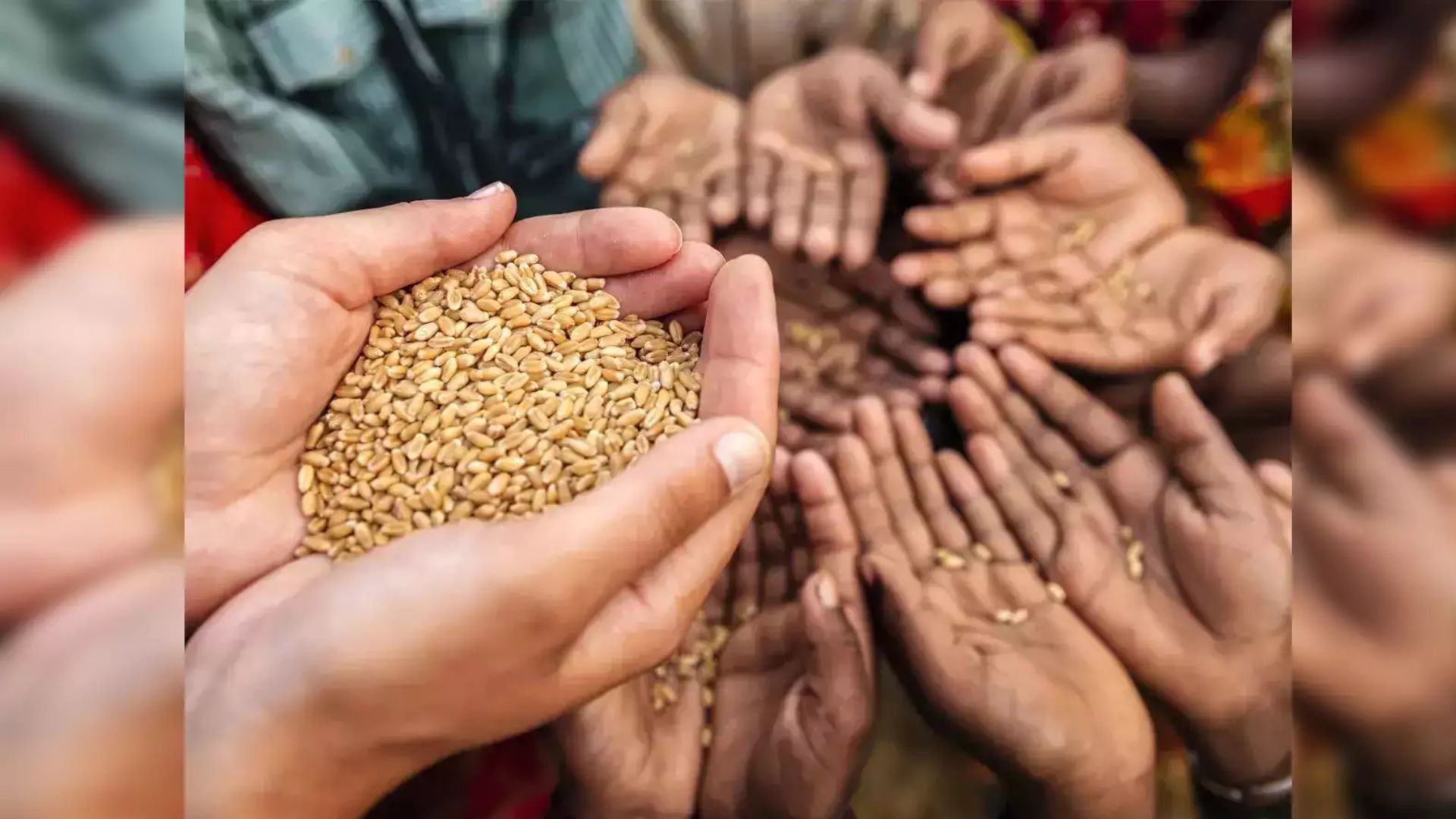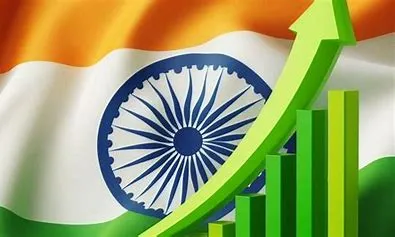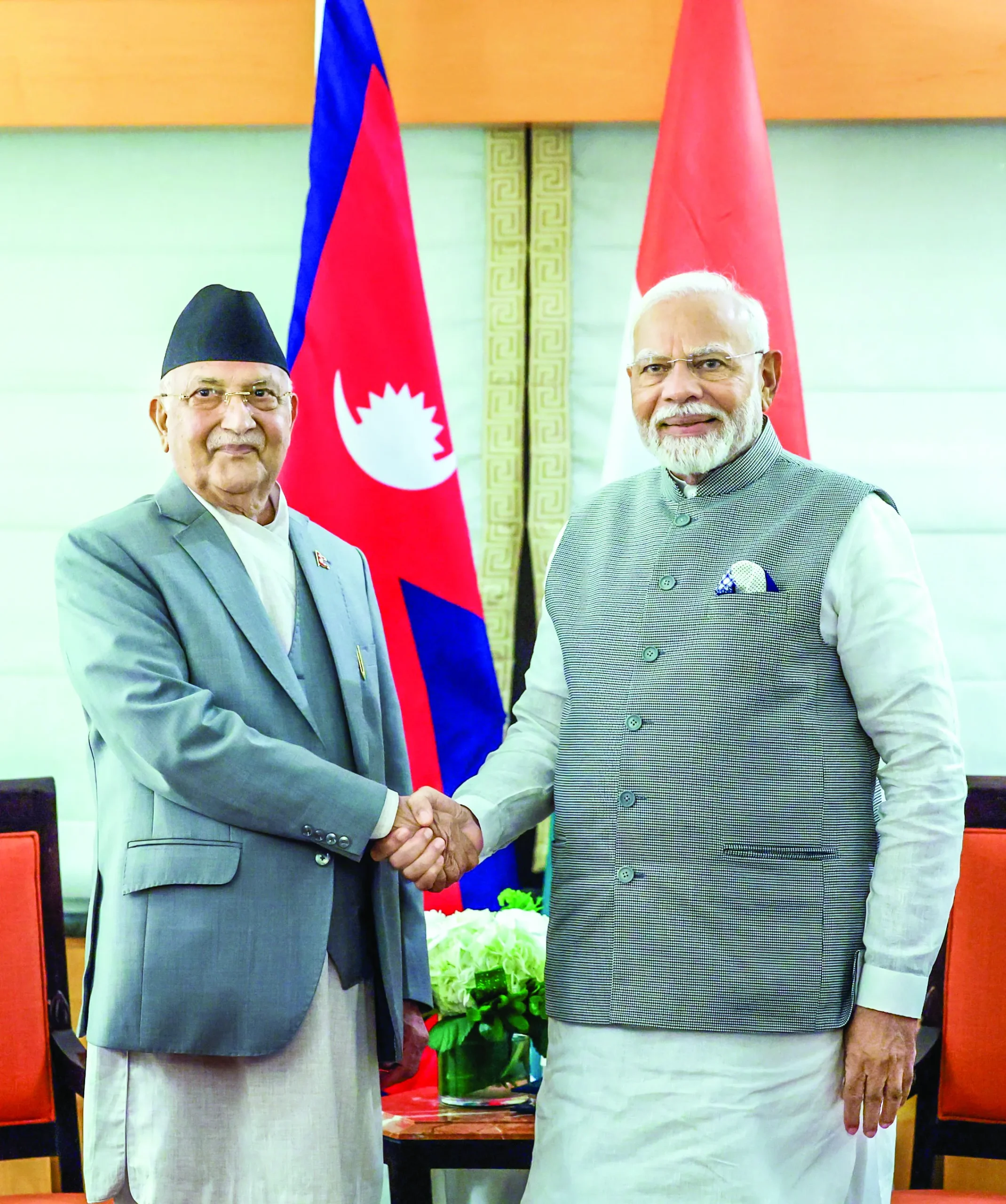We have taken food for granted, never contemplating how nutritious or eatable it is. Scientists or govts. are concerned about the number of mouths to feed or stomachs to fill in the future. But did we ever deliberate on how to make nutritious food available or the consequences of deficiency of nutrition in food on the posterity or the adverse impacts of global warming on the quality of seeds?
These suggestions for the agri-food space are predicated on luminaries’ views during the four-day forum organised by the Asian Development Bank on food security in the wake of climate change.
First, on the consumption front, nutritional security is more consequential than simple food security. Our malnutrition data, especially for children below the age of 5, are alarming.
They would not constitute a competent labour force for the Vikshit Bharat goal 2047, when they are stunting today at 35 percent. We also require to bolster our staples with micro-nutrients to make our labour force robust, besides accentuating women’s education, sanitation, and immunisation. The government has taken the initiative with zinc-rich rice and wheat. But it is hesitating regarding golden rice with beta carotene (Vitamin A rich), when New Zealand, Canada , Australia, , and the US have deemed it safe, and even Bangladesh and Philippines have commenced its trials. Most of those malnourished children consume a lot of rice, out first crop. Rice must be repleted with high nutrition.
Second, the production network is menaced by severe weather events exacerbated by global warming. The last April to March temperature has already touched the border line of 1.5 degrees celsius above pre-industrial levels. Last year’s El Nino impact brought about agri-GDP growth diminishing from 4.7 percent in 2022-23 to just 0.7 per cent in 2023-24 (as per the second advance estimate). It effectuates panic reactions to ban exports, imposing stock limits on traders, and unloading government stocks below their economic costs with an aim to checking food inflation. Investing resources to initiate climate-resilient agriculture is the need of the hour. This implies investing in heat and flood-resistant seeds, and more investment in water resources not just in enhancing their supplies but also ensuring the judicious use of water. Meticulous agriculture based on drips, sprinklers, and protected cultivation must be implemented at a much larger magnitude than today. The slogan of “More crop per drop” must be made a reality.
Bengaluru’s water predicament is just a trailer. Since almost 78 per cent of India’s freshwater is involved in agriculture, every drop of water must be used judiciously, else cities will parch for water triggering civil wars.
Third, in this food system metamorphosis, while farming is still disintegrating into smaller and smaller holdings, all sharers from the farm machinery to the seed industry to processing and retailing are soaring. The challenge is to unite these smallholders by Farmer Producer Organisations (FPOs) or cooperatives (as was done in the milk sector, a la AMUL), to devise a scale necessitated by organized retailers, processors, and exporters. The key to inclusive Bharat is this institutional innovation.
Fourth, more than two-thirds of India will be residing in urban areas by 2047 up from about 36 per cent today. Migration from rural to urban areas in quest of higher productivity jobs is a natural process. It implies that massive amount of food will be conveyed from the hinterlands to urban areas. Humongous logistics revolution, from conveying to stocking to processing and organised retailing will be required. Opportunities for large-scale investments would be created primarily by the private sector. The government will have to expedite this transmutation by altering laws that are apt for the Vikashit Bharat goal 2047. We inherited many of our laws from the British in 1947. More market-aligned rules are imperatively required to create competent value chains otherwise our post-harvest losses are bound to compound.
Fifth, we must deem this a food network metamorphosis. India’s population is reckoned to reach about 1.6 billion by 2047. So, a massive population will consume massive amount of food. It will be very consequential to be efficient in utilizing water, labour, land, and inputs like fertilisers and farm machinery. We must aspire to improve all the factors of productivity by investing more resources in agri-R&D, innovations and extension.
Sixth, the government can’t achieve all these on its own. The public-private collaboration is indispensable. A conducive policy framework has to be provided by the govt. Efficient value chains can be created by the private sector. The private sector can produce climate-resilient more nutritious seeds. If the government can implement PLI-type schemes for industry, it can do the same for food systems transmutation for the future. Last but not least, nothing will come to fruition unless farmers’ incomes are enhanced. If the price-subsidy approach is altered to direct income transfers for beneficiaries, we can save a minimum of 25 to 30 percent of the Rs 4 -trillion subsidy on food and fertilisers. We can pump these savings back into food systems for higher resilience and fortified nutrition.
Dr. Ravi Prakash Tiwari is the author of Pun Is Fun.]a























